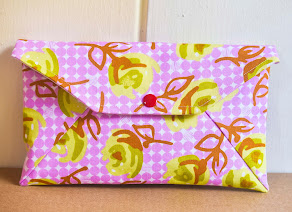Back then we did not own a oven and we used a cast iron mould cooked over a hot charcoal stove. Making kuih bahulu is hard work if you do it the old way using a brass hand whisk. Can you imagine hand chomping away at the egg and sugar mixture? You need a lot of arm power.
 |
| traditional brass hand whisk via |
I have never tried baking kuih bahulu before because nowadays you can just walk into a bakery and buy them. But as you know, I have suddenly awakened the baker in me and I have this desire to bake many, many things. Sometimes just to see if I can.
Kuih Bahulu met the brief mostly because my son loves to eat them. He is a very picky eater and doesn't really enjoy eating many things. At the risk of destroying his love for kuih bahulu, I attempted to make a batch for him to enjoy. I watched several youtube videos and read a few blogs and finally followed the recipe on this one. Based on the recipe, assuming the eggs weighed 50g (nett), then it is 1:1 ratio for eggs and sugar. I was interested to see how that might work out.
 |
| balloon whisk |
 |
| my Philips beaters |
 |
| after flour was added |
Remember the glamorous job of putting the batter in the mould? That was tedious and quite hard as each mould is very small and can't fit much batter. I used 2 aluminum mould which could fit into my oven at the same time.
I wonder why my kuih bahulu did not have a more distinctive impression of the mould.
I feel that I put too much batter that's why I have the flying saucer effect.
It tastes good though and my son had no complaints. Kuih Bahulu is very addictive and one can easily put on a lot of weight eating these! Next time, to address the dryness, I will try a recipe with higher liquid content.




































1 comments:
Seriously, though--isn't love letters a great name for a baked treat?
Post a Comment